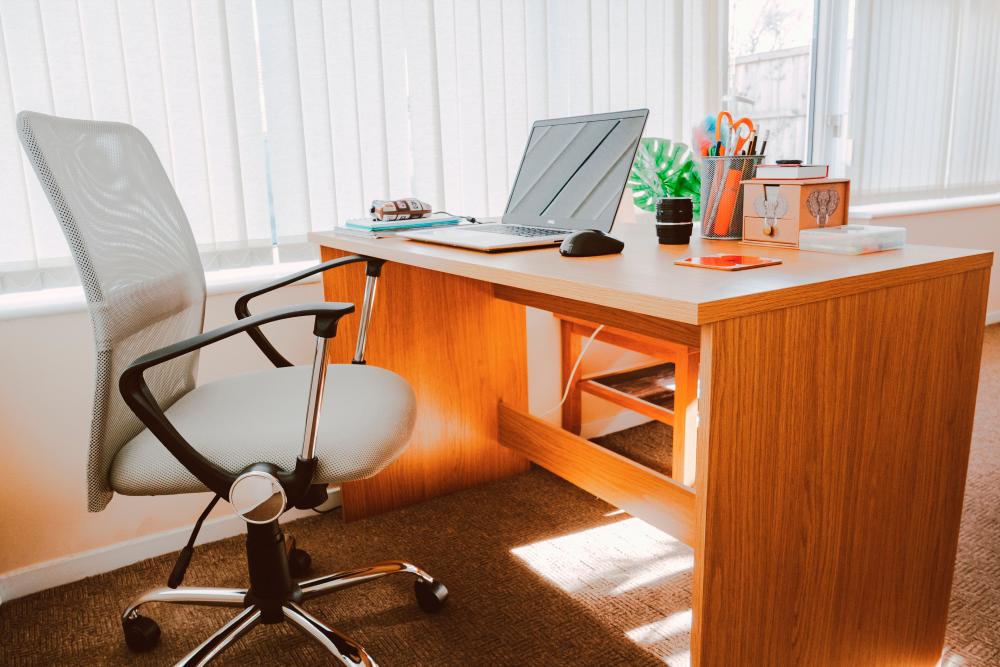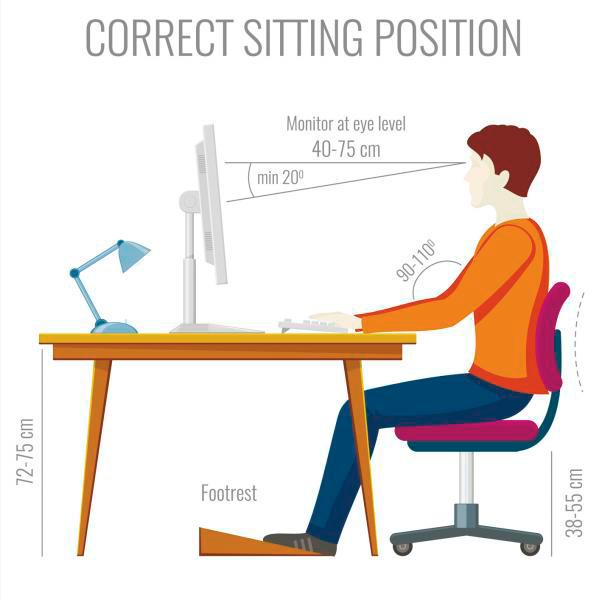IN today’s digital era, people spend more than 10 hours a day in front of a screen. We frequently flip between television, computers, smartphones, and tablets in both our personal and work lives. The majority of us rarely consider our health unless it interferes with our daily lives.
A human was created to be active. Despite a large number of studies concluding that a sedentary lifestyle causes significant back issues and other serious health conditions, inactivity continues to be prevalent. If you work in an office and spend most of your day sitting, you will likely encounter back pain.
Sitting at a desk for eight hours every day can cause stiffness and tension, resulting in significant discomfort when working. If your job requires you to constantly twist or bend, you may be at a greater risk of developing back pain.
Common causes of office back pain
While back pain may strike out of nowhere, you may still be able to identify common back stressors by analysing your daily routine. The majority of office workers spend their whole 40-hour workday in front of multiple displays, laptops, computers, and other devices. Sitting for long periods of time can be a primary factor in back pain, resulting in greater tension on the back, neck, arms, and legs, as well as tremendous pressure on the back muscles and spinal discs.
Another common cause of office back discomfort is poor posture. A person may slide forward in their chair, slouch, or lean toward their computer during the workplace. Fatigue might also cause employees to adopt an overly relaxed sitting or standing posture.
A workspace’s layout may also contribute to poor posture or strained motions. If an employee has to frequently twist or reach, they will certainly develop back pain. A crowded office can also produce tension if employees are unable to move freely.
How to reduce back pain at work
The following suggestions will ensure that your workspace is as comfy as possible and causes you the least amount of back injury:
Motion is medicine
Movement is essential in order to protect your spine during the day. Go for a walk during breaks and lunchtime. Resist the urge to eat at your desk and get moving.
There are countless innovative devices on the market that can enhance posture or remind you to move. These items encourage proper posture by vibrating after continuous device use. Consider smartwatches, which buzz to remind you to stand up and stretch. Although there is no published data yet and it is not promoted as a medical device, the concept appears intriguing!
Throughout your hectic day, the alarm on your phone or computer can also be a useful tool. Aim to stand and move every half-hour while at work. Small pauses during the day can substantially ease neck and back pain, whether they consist of standing and stretching or rehydrate.
Back stretches
Ideally, employees should stretch their bodies at least once every hour and this can be done by walking and performing stretches. If you’re seeking a more direct solution, try this back exercise called “Big Hug” back stretches. Firstly, hug your body, placing the right hand on your left shoulder and the left hand on your right shoulder. Then just breathe in and out, releasing the area between your shoulder blades.
Additional stretches were also suggested. As being static for hours strains the muscles that keep you in that posture, you should at least attempt to stand up and perform some stretches so that your muscles will contract and not just stay in one place.

Choose the right office chair
A chair also plays an important role in promoting proper posture when you are in the office, as you may be experiencing back pain due to poor back support from the chair. Luckily, there is a variety of options that exist for the exact purpose. Ergonomic chairs are designed to provide your back with relief and support you throughout the day.
Think about getting a chair with lumbar support so your lower back can curve comfortably. Lean back in the chair and align your thighs horizontally with your knees at the level of your hips. Rest your feet comfortably on the floor or on a footrest.
Additionally, you should sit as close to your workstation as is comfortable. Place your hands on the surface of your desk while your upper arms are parallel to your spine. Your elbows should form a right angle of 90 degrees. Adjust the height of your chair so that your arms create the correct angle if your elbows hang below the surface of your desk.
Shop for ergonomic office chairs on this link.
Take frequent short breaks
It is essential to take numerous short breaks to get up and move around when sitting at a desk for long periods of time. Even a one-minute stroll can be quite helpful for reducing back pain. If you are unable to take regular breaks, attempt to stretch at least three times every day.
You can even do dynamic stretches while going between office rooms. Get up, grab yourself a cup of coffee, circulate, make copies, say hello to a colleague, or wander outside. Ensure that you utilise your breaks to extend your legs and rest your back.
Practice correct posture
In addition to the best arrangement of your workplace chair and desk, maintaining perfect posture involves active muscle activation for the health of your spine. The muscles, ligaments, discs, and other components of your back are strained if you slouch forward or backwards. Poor sitting posture can increase the stress exerted on other regions of the body, including the shoulders, arms, and legs, over time.

Conclusion
By altering your work environment and personal routines, you can drastically lessen the amount of back stress you experience throughout your lifetime. However, keep in mind that excessive sitting, whether for work or pleasure, is hazardous. Consequently, it is critical that you make the required adjustments in other aspects of your life to achieve comprehensive back care.
If you continue to experience back or neck pain, make an appointment with a doctor or even a specialist if necessary.













